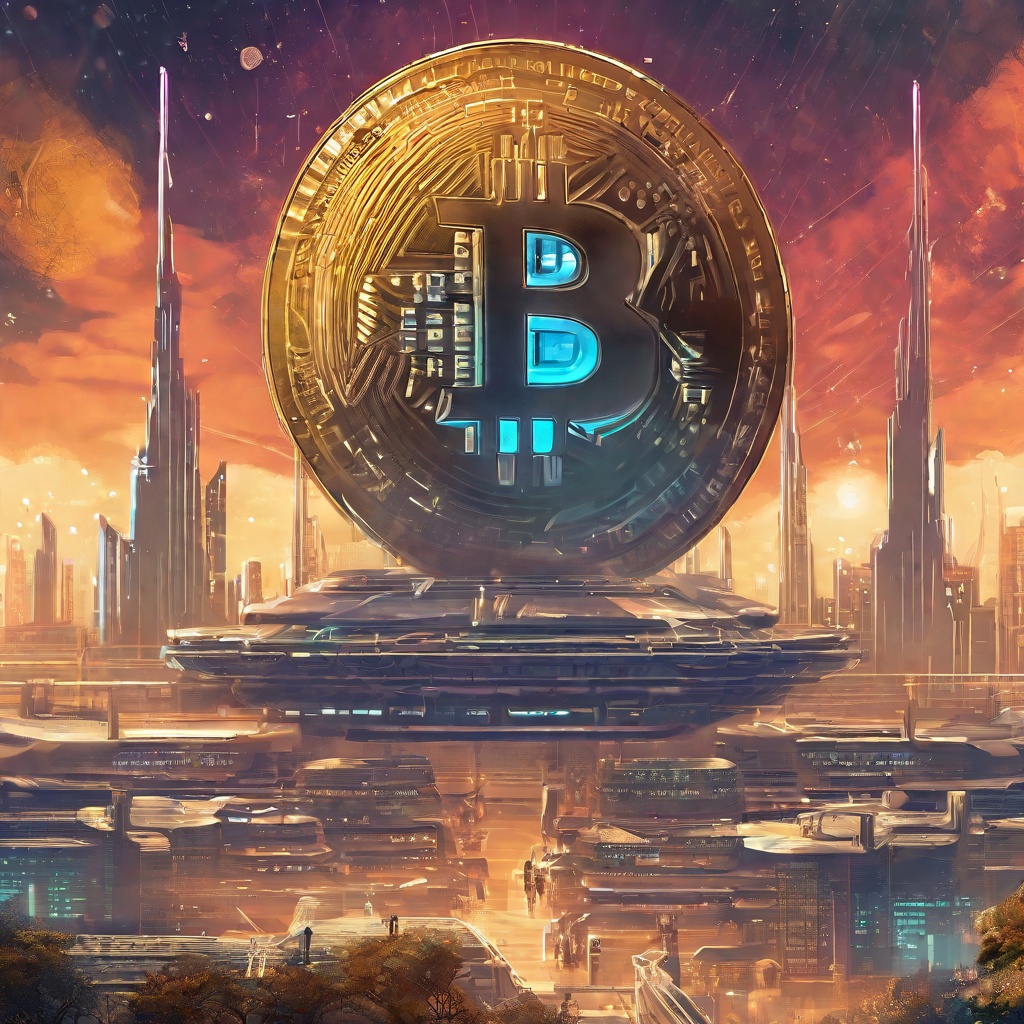Why do we use bridging?
Why do we use bridging? It's a question that often arises in the realm of cryptocurrency and finance. Bridging, in essence, is a technique that allows for the seamless connection of two different blockchain networks, enabling assets and information to flow freely between them. But why is this so crucial? Well, the answer lies in the fragmented nature of the blockchain ecosystem. With numerous blockchains operating independently, each with its unique set of rules and functionalities, it becomes challenging to achieve interoperability. Bridging fills this gap, offering a solution that breaks down barriers and allows for cross-chain transactions and interactions. Think of it as a bridge connecting two islands. Without it, the inhabitants of these islands would be isolated, unable to communicate or trade with each other. But with a bridge, they can freely cross over, bringing with them ideas, goods, and services that enrich both communities. So, when we talk about using bridging in the context of cryptocurrency and finance, we're talking about breaking down barriers, enhancing efficiency, and promoting the growth and adoption of blockchain technology. It's a crucial aspect of our evolving digital economy, one that is poised to revolutionize the way we transact, invest, and do business.

Why is Polkadot better than Ethereum?
Why is Polkadot purportedly superior to Ethereum? Could you elaborate on this? I'm genuinely curious to understand the specific advantages Polkadot offers over the established Ethereum platform. From what I've heard, Polkadot touts itself as a cross-chain platform with scalability and interoperability at its core. But how does this translate into practical benefits? Is it in terms of transaction speed, security, or perhaps the ease of developing new blockchain applications? I'm also interested in knowing how Polkadot's governance model differs from Ethereum's, and whether this contributes to its superiority. Given the popularity and maturity of Ethereum, it's intriguing to see how a newer project like Polkadot might be challenging its position. Could you please shed some light on these points?

Who is TRON owned by?
Who exactly owns TRON? It's a question that has been circulating in the cryptocurrency community for quite some time. TRON, as a blockchain-based operating system, has attracted a lot of attention in the past few years, but its ownership structure remains somewhat mysterious. Is it a company? An individual? A consortium? Could it be a decentralized autonomous organization? The answers to these questions are not always easy to find, and they often involve complex legal and technical considerations. But understanding who owns TRON is crucial for investors, developers, and anyone interested in the future of this promising project. It's time we dug deeper and got to the bottom of this mystery.

Is TRX still popular?
I've been hearing a lot about TRX lately, but I'm not quite sure if it's still as popular as it once was. I remember it was all the rage a few years ago, but with so many new cryptocurrencies emerging in the market, I'm wondering if TRX has managed to maintain its popularity. Is it still considered a viable investment option? Or has it perhaps fallen behind in the race of digital currencies? I'd really appreciate your insights on this matter. I'm looking to expand my crypto portfolio and want to make sure I'm making informed decisions.

What are the problems of Avalanche?
I'm curious about Avalanche, as it's gaining quite some popularity in the crypto sphere. Could you please elaborate on some of the challenges or issues Avalanche might be facing? It seems to have a robust infrastructure, but I'm sure there are areas where it could still use improvement. For instance, is scalability an issue? How about the cost of transactions? Or perhaps, are there any security concerns that we should be aware of? I'd really appreciate a comprehensive breakdown of Avalanche's challenges, as it would help me better understand its position in the market.

